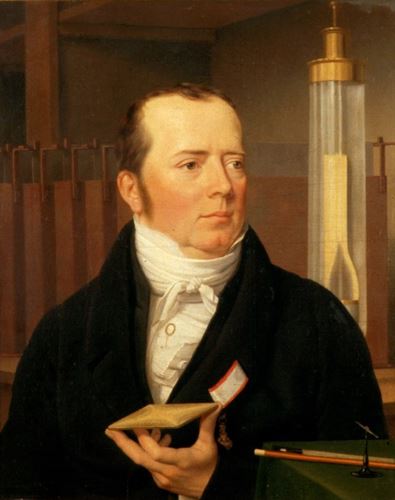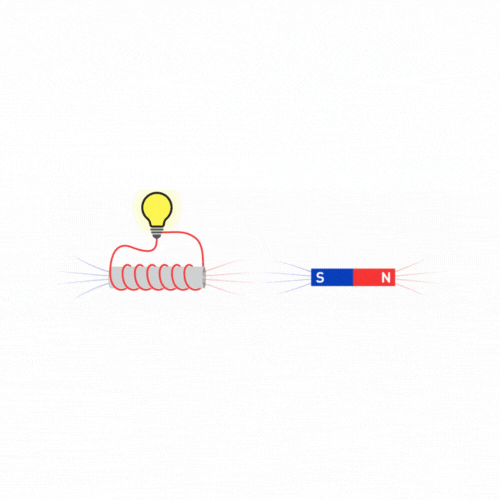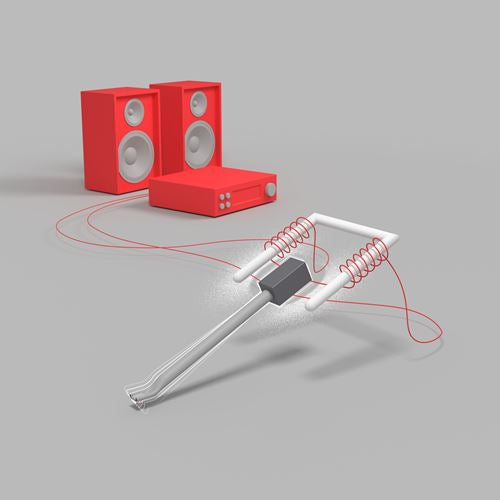The discovery of electromagnetism
by Danish physicist H.C. Oersted

The science behind cartridge manufacturing
Transforming mechanical energy into electrical signals

Technological and Industrial applications of Electromagnetism

Oersted’s experiment showed that electricity and magnetism are linked



